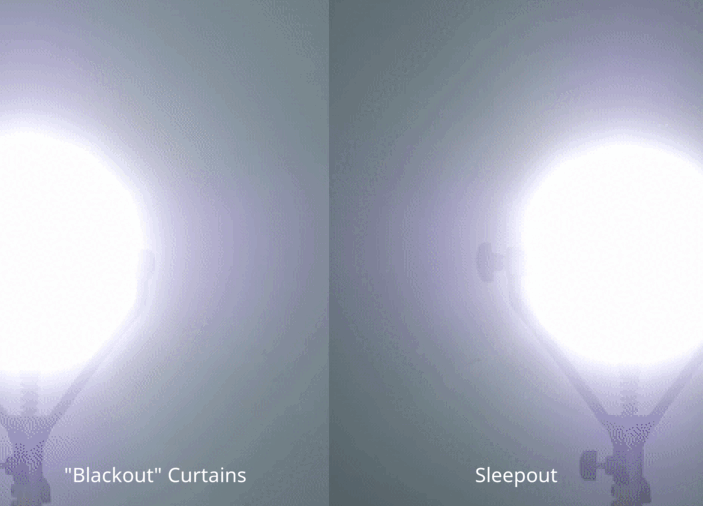Deciphering your baby's sleep patterns is a crucial part of understanding their developmental needs. One significant transition that occurs in the first year is when babies drop from three naps to two. This shift typically happens between 6 to 9 months of age but can vary based on individual factors and milestones.
Recognizing the signs that your baby is ready to drop to two naps is essential for creating a sleep schedule that suits their evolving needs. By observing their behavior, such as longer awake periods and resistance to the third nap, you can navigate this transition more effectively.
Deciphering Baby Sleep Patterns: When and How Do Babies Drop to 2 Naps
In the first year of your baby's life, their sleep patterns evolve rapidly. Typically, babies transition from three naps to two around the ages of 6 to 9 months. However, several factors, such as developmental milestones and individual sleep needs, influence this timing.
Observing your baby's sleep cues is key to navigating this transition smoothly. Is your baby resisting that third nap? Are they managing longer awake periods? Your baby's behavior can provide the insights you need to adjust their schedule in a way that supports their development and well-being.
Recognizing the Signs That Your Baby Is Ready to Drop to 2 Naps
Knowing when your baby is ready to drop to a two-nap schedule can be a bit of a puzzle, but there are several signs you can look out for. These include longer awake periods, resistance to the third nap, and consistent sleep patterns during the day.
For instance, if your baby is consistently happy and alert for longer periods, or if they seem uninterested or resistant to their usual third nap, they may be ready to transition to a two-nap schedule. These sleep cues can guide you in making informed decisions about your baby's nap routine.
Transitioning to a Two-Nap Schedule: Practical Steps for Parents
Transitioning your baby to a two-nap schedule is a gradual process that requires patience and flexibility. Start by slowly adjusting your baby's nap times, moving them a little later each day. Maintaining a consistent routine can also provide your baby with a sense of stability during this change.
Creating a sleep-friendly environment is equally important. This involves controlling factors such as light, noise, and temperature to ensure your baby's comfort. Addressing any challenges that may arise during this transition period is also crucial for a smooth adjustment.
Impact of Light, Heat, and Noise on Baby's Nap Times
The environment in which your baby sleeps significantly impacts their nap times. Exposure to bright light, excessive heat, or disruptive noise can affect the quality and duration of their naps. On the other hand, a dimly lit, quiet, and cool environment can help promote better sleep.
Blackout curtains can play a crucial role in creating an optimal sleep environment for napping. By blocking out light and helping to manage heat and noise, they can contribute to a more restful nap for your baby.
Happy Sleeping!
Understanding your baby's sleep patterns and recognizing when they're ready to transition to a two-nap schedule is an essential aspect of parenting in the first year. By observing your baby's sleep cues, maintaining a consistent routine, and creating an optimal sleep environment, you can help ensure better naps and healthier sleep habits. To further enhance your baby's sleep environment, consider investing in the most recommended blackout curtain by sleep specialists in North America. Remember to use the code WELCOME10 for $10 off your purchase. Start your journey towards peaceful nights and well-rested days today.







